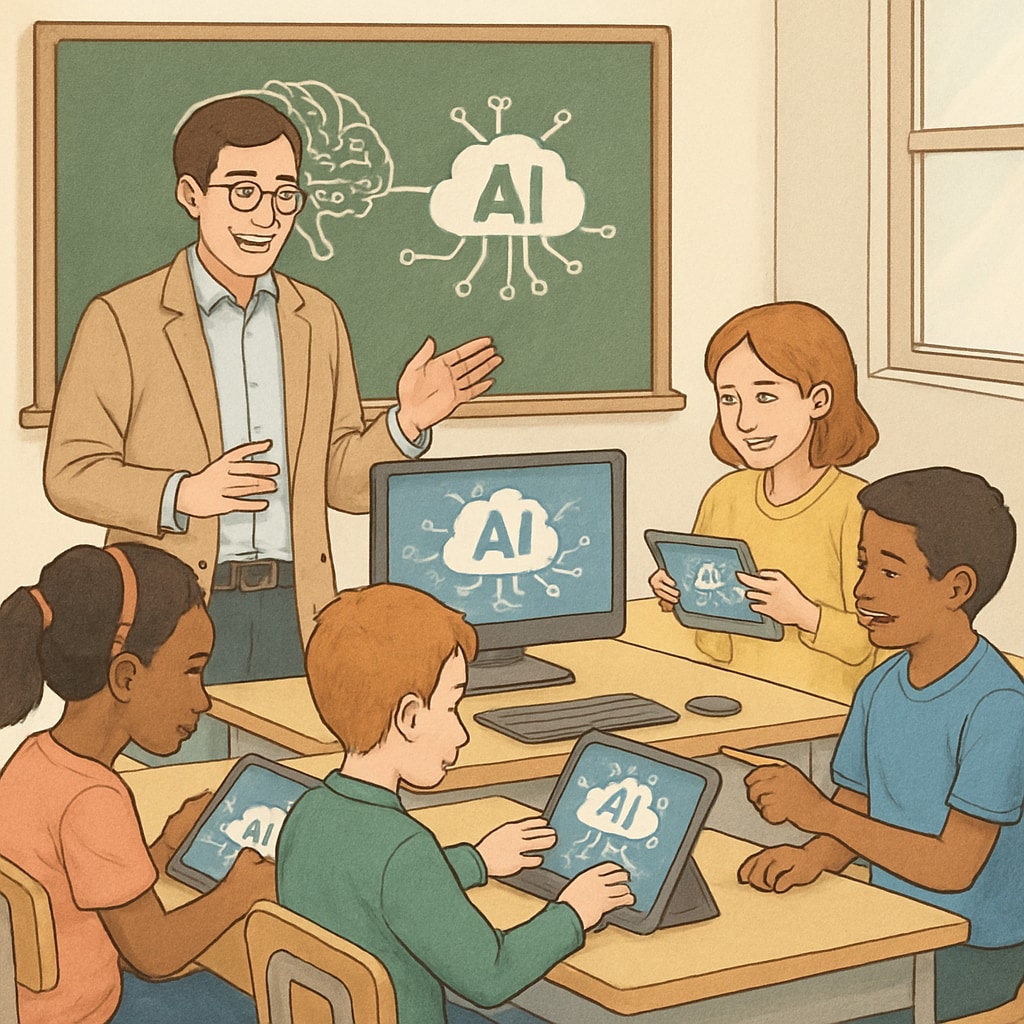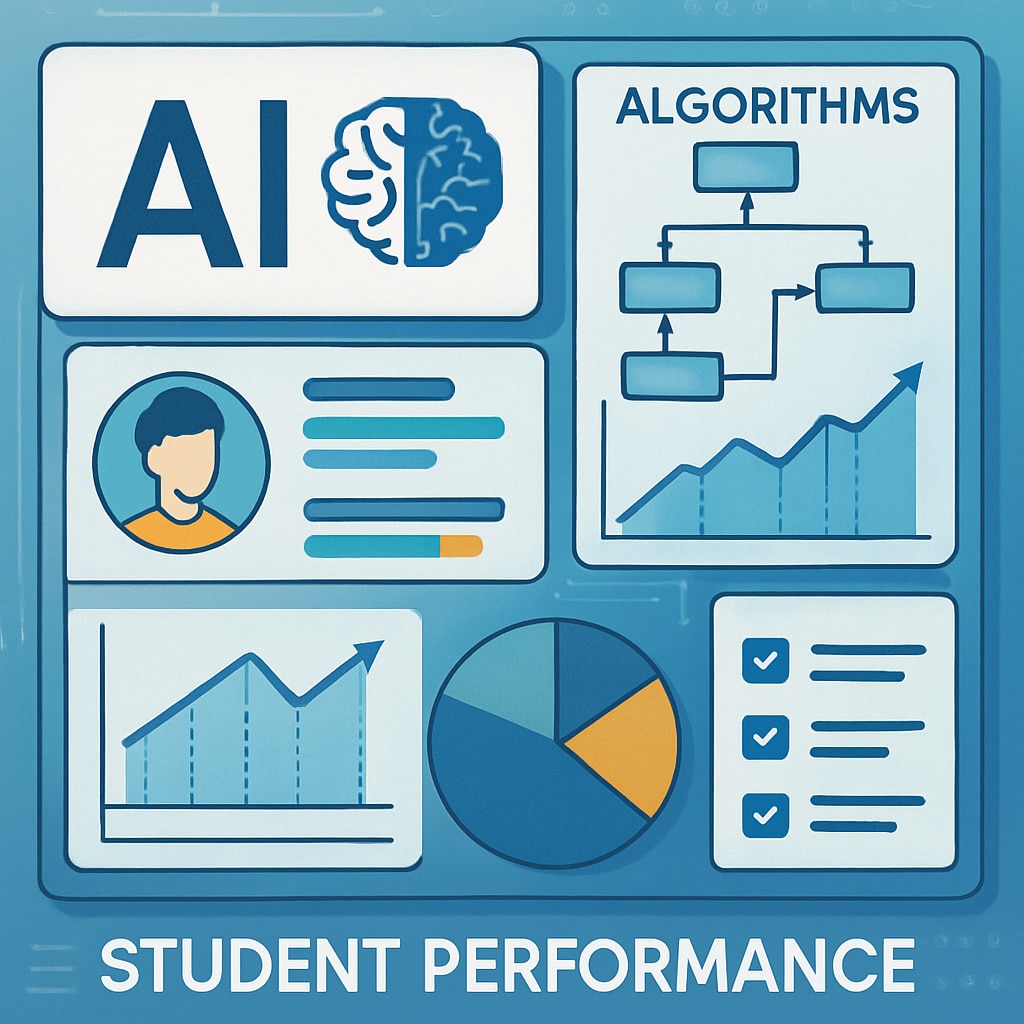The rapid advancement of artificial intelligence (AI) is reshaping many facets of our lives, including education. Traditional competitive exams, long relied upon for talent selection, are facing unprecedented challenges in their ability to identify and nurture innovative minds. In the AI era, the question arises: are these exams still effective, or do we need to rethink how we evaluate and select talent? This article delves into the limitations of current systems and explores potential solutions to adapt to the demands of a rapidly evolving world.

The Limitations of Traditional Competitive Exams
Competitive exams have historically been designed to measure specific abilities, such as memory, analytical skills, and problem-solving under time constraints. However, these tests often fall short in assessing creativity, critical thinking, and adaptability—qualities that are increasingly vital in an AI-driven world. For example, rote memorization, a skill rewarded in many exams, is becoming less relevant as machines handle data storage and retrieval more efficiently than humans ever could.
Moreover, AI has exposed vulnerabilities in traditional exams, such as susceptibility to cheating through advanced technologies and the potential for bias in standardized testing. This has led to growing concerns about the fairness and inclusivity of these systems. According to a Britannica overview on artificial intelligence, the integration of AI into various sectors demands a workforce equipped with unique human skills—skills that current exams may not adequately evaluate.
AI as a Catalyst for Education Reform
Artificial intelligence is not just a challenge to traditional exams; it also presents opportunities to revolutionize education and talent selection. AI-powered tools can create personalized learning experiences, helping students develop strengths that standardized exams might overlook. For instance, adaptive assessment platforms can analyze a student’s learning journey, evaluating their progress in real time and tailoring feedback to foster growth in critical areas.
In addition, AI can assist in designing more holistic evaluation systems. By incorporating project-based assessments, peer reviews, and real-world problem-solving tasks, these systems can better gauge a candidate’s potential to succeed in dynamic environments. For example, platforms like Coursera and Khan Academy leverage AI to track learner progress and suggest customized learning paths, demonstrating the potential for AI-driven innovation in education.

Reimagining Talent Selection for the AI Era
To align talent selection with the demands of the AI era, educational institutions and policymakers must rethink evaluation systems. Here are some actionable steps to consider:
- Shift to Competency-Based Assessments: Focus on evaluating skills like creativity, collaboration, and ethical reasoning rather than rote knowledge.
- Integrate AI into Assessment Design: Use AI to create dynamic tests that adapt to a student’s abilities, offering a more individualized measure of potential.
- Embrace Real-World Applications: Incorporate project-based learning and assessments to evaluate how students apply their knowledge in practical scenarios.
- Promote Inclusivity: Leverage AI to identify and mitigate biases in assessment systems, ensuring fairness for diverse student populations.
These strategies can help bridge the gap between traditional education systems and the evolving needs of the workforce, ensuring that the next generation of talent is well-equipped to thrive in an AI-dominated world.
The Road Ahead
As we move deeper into the AI era, the need for transformation in competitive exams and talent selection becomes increasingly urgent. While AI poses challenges to traditional systems, it also offers tools to create fairer, more effective, and more inclusive methods of evaluation. By embracing innovation and focusing on holistic development, we can ensure that education systems remain relevant and capable of cultivating the creative, adaptive thinkers needed for the future.
Ultimately, the goal is not to abandon competitive exams but to evolve them. By leveraging the power of AI, we can build systems that recognize and nurture the full spectrum of human potential, paving the way for a brighter, more innovative future.
Readability guidance: This article balances technical insights with accessible language. Short paragraphs, frequent transitions, and lists make the content digestible, while examples and external links enhance credibility. The use of AI-related images provides visual context.


